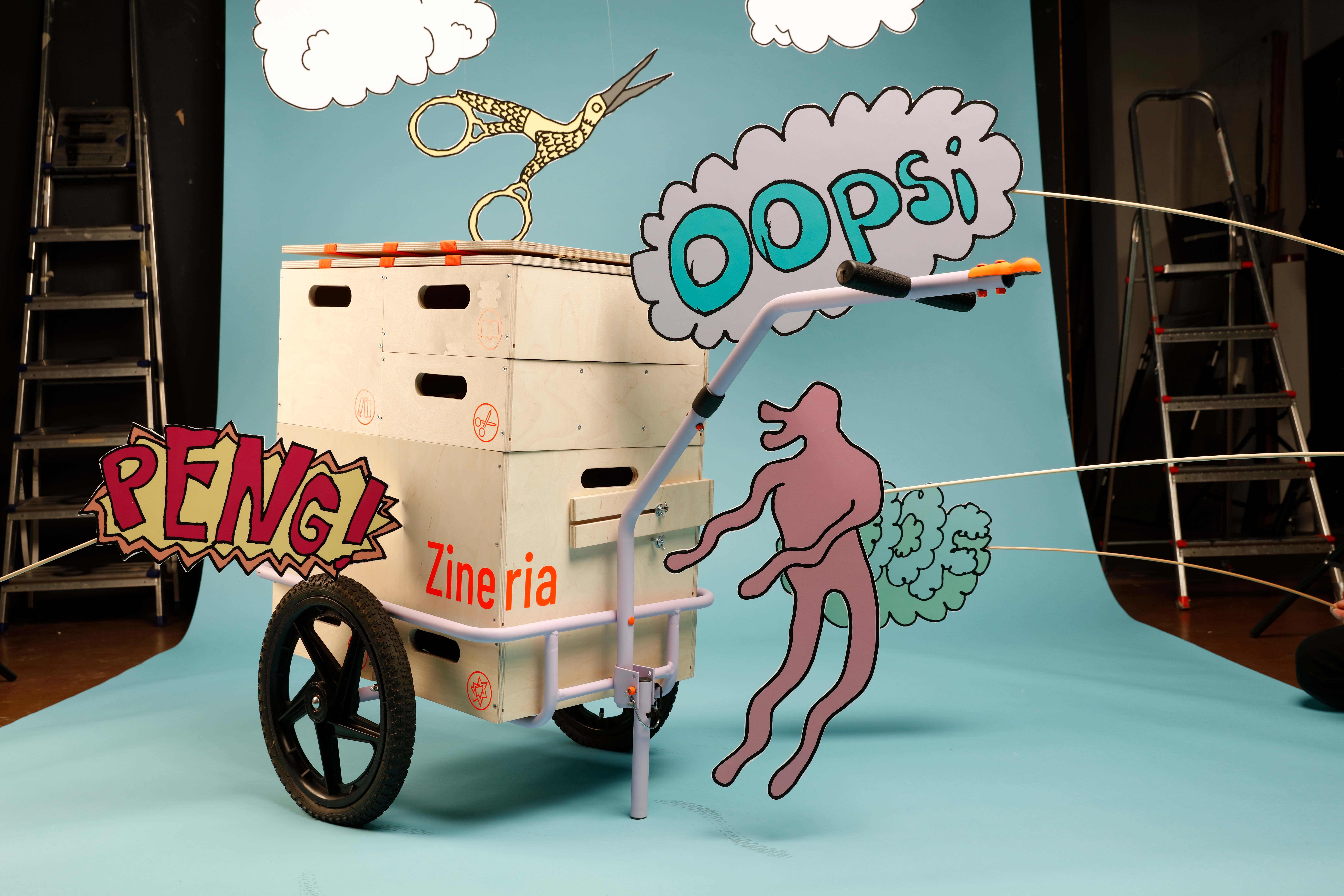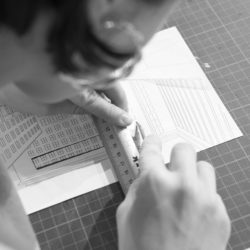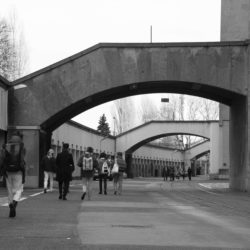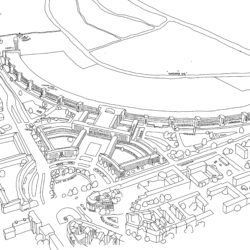Zineria
Description
Zineria is a newly founded Zine publishing house from Berlin We design and publish zines: colorful magazines that are published by self-appointed authors. The many personal stories and visions, always told from the perspective of the authors themselves are creating visions and dreams for public space. The Zineria has settled at Tempelhof Airport and offers the opportunity for sharing thoughts and ideas about that place. The Zineria has specialized in online zines out of consideration for the environment, but also publishes zines in the context of exhibitions and/or on special occasions. Zineria offers workshops and is itself also a learning organisation. In the workshops no knowledge is patented but wildly passed on. So every created zine can become collage material again and thus creative inspiration for new zines.What is the Topic?
The Tempelhofer airport building is located in the middle of Berlin. While the field is indispensable for Berliners*, most parts of the 312,000m2 airport building are still empty. Since last summer I´ve been active in an initiative: the Torhaus. The Torhaus is the former gate house of the airport building. Once there were sitting gatekeepers who decided if someone gets access to the building or not. Now we sit in there and try to get access to the building in the name of the citizens of Berlin. While the city's development company wants to develop this former war airport into a tourist magnet, we demand radical climate- and people-friendly concepts, which include the needs of Berliners. We advocate that parts of the building should be used in a cooperative way and for the common good. In order to give the citizens of Berlin access to the building I developed a tool to stimulate collective imagination in this place. A day at the Zineria begins with a walk around the grounds. The intimidating architecture seems to be much smaller because of this collective exploration. We begin to draw a picture of an alternative, colourful and diverse future. In the workshop the collected impressions are processed into zines. What are zines actually? Zines can be produced and be brought out by any person. No special qualifications are required. Zines are not seen as consumer goods but rather as anti copyright copyleft slides, freely copyable and made available to the public. As zines are put together by hand using common materials and technology (do-it-yourself is the prime directive of the zine world) they consequently look the part, with unruly cut-and-paste layout, barely legible type, and uneven reproduction. In the workshop there are several tools I have developed to create zines: views and photos of the airport building, but also comic figures, comic sounds and many illustrations that can be cut out and used for the production of the zines. The zines can be digitized and published online with a photo box that i have developed for that purpose. The zines that are being created offer a very individual view of the building and make you want to explore this place further.
Why does it look like this?
The zineria is supposed to be fun. It should allow utopian ideas and challenge you to dream. The workshop consists of seven wooden boxes which all have different functions. There is a small library, a photo box to digitalize the zines (for transport the printer is put in the box), some material and tool boxes and a zine stand. All parts of the workshop fit into a bicycle trailer. So the zineria could be set up anywhere in the city, in this case now directly on site: at the Tempelhof airport building. I have chosen a bright orange color as a starting point to bring some life into this grey place.
What is special?
In the context of my work, I no longer understand design as the creation of individual objects or signs, but rather as the design of systems, processes, experiences, interventions and interactions as well as a method for decision-making in social, urban, cultural or ecological contexts. My design focuses on society and its changes towards a more sustainable way of living, working and producing. I think it is important to open up the concept of design and to see it in a social context. The participatory development of places in the city is extremely relevant, because these places create open space. Design can play an important role in the organisation of these places because its artefacts - in the form of products, services or interventions - can create awareness and motivate new models of behaviour. This is the goal of the Zineria: rethink and tackle.
What is new?
A publishing house for zines as a method for participatory city development.




